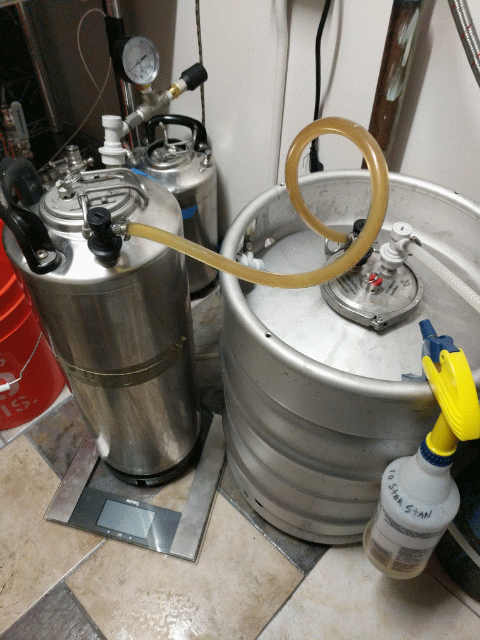Laminarman
Active Member
- Joined
- Mar 19, 2017
- Messages
- 33
- Reaction score
- 6
I had made the decision to get an SS Brewtech Chronicle BME but have not done any brewing in almost a year. Winter's here, getting back into it, and now I see these Unitanks and Bright Tanks are clouding my decision making. Doing extract/steeping grains stove-top now, the occasional all grain and I can't take the carboys and need to simplify. I also need better temperature control so liked the Chronicle for that reason. Broke my second carboy yesterday and thank God it only had Star San in it but I had wort boiling, what a pain in the butt. I can't get the answers I'm after by searching threads and get some conflicting information. I usually keg my beer (75%) and bottle (25%) but am considering canning. If I have a unitank, do you serve directly from this? Or do you serve directly from a bright tank? Or does a bright tank just settle beer to be bottled or transferred?? On the SS website it says "Bright tanks have some advantages over Unitanks.." but they don't say what they are! I believe that individual components do individual things best (which is why I have separate audio components and use the proper wrench instead of an adjustable wrench and prime lenses instead of zooms in most cases...). In that vein, WILL A UNITANK FUNCTION AS WELL AS A CONICAL FERMENTER LIKE THE CHRONICLE BME? Who really needs a bright tank? And what in the heck is the difference in carbonating with a carb stone and CO2 vs carbing in a keg under pressure in the fridge? I'm sorry to be such an idiot with this question but there seems to be some overlap I can't sort out here. It doesn't show, but I am quite intelligent....at times : )

















![Craft A Brew - Safale S-04 Dry Yeast - Fermentis - English Ale Dry Yeast - For English and American Ales and Hard Apple Ciders - Ingredients for Home Brewing - Beer Making Supplies - [1 Pack]](https://m.media-amazon.com/images/I/41fVGNh6JfL._SL500_.jpg)








































